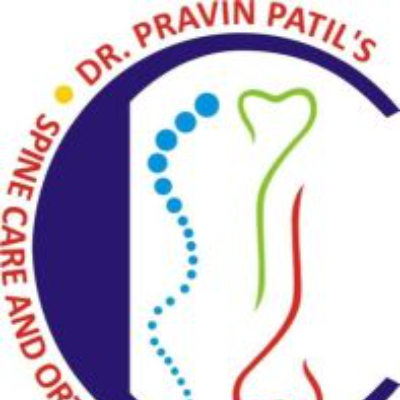+918048053745

This is your website preview.
Currently it only shows your basic business info. Start adding relevant business details such as description, images and products or services to gain your customers attention by using Boost 360 android app / iOS App / web portal.
IMPINGEMENT SYNDROME Impingement syndrome, also k...
IMPINGEMENT SYNDROME Impingement syndrome, also known as shoulder impingement syndrome, occurs when the tendons or bursa in the shoulder are compressed or pinched during shoulder movements. This can lead to pain, inflammation, and reduced mobility. Understanding Impingement Syndrome: 1. Causes : (a) Repetitive Overhead Activities : Common in sports like swimming, tennis, and baseball, or occupations requiring repetitive lifting. (b) Shoulder Anatomy_: Variations in the shape of the acromion bone can contribute to impingement. (c) Rotator Cuff Injuries: Weak or injured rotator cuff muscles can contribute to improper shoulder mechanics. (d) Bursitis: Inflammation of the bursa can narrow the space in the shoulder, leading to impingement. 2. Symptoms : (a) Pain , especially when lifting the arm overhead or reaching behind the back. (b) Weakness in the shoulder. (c) Reduced range of motion. (d) Pain that may radiate from the shoulder to the arm. Management and Treatment : 1. Non-Surgical Treatments : (a) Rest : Avoid activities that exacerbate the pain. (b) Ice and Heat Therapy : Apply ice packs for 15-20 minutes several times a day to reduce inflammation, followed by heat therapy to relax muscles. (c) Medications : Over-the-counter pain relievers such as NSAIDs (e.g., ibuprofen, naproxen) can help manage pain and inflammation. (d) Physical Therapy : A physical therapist can provide exercises to strengthen the rotator cuff and shoulder muscles, improve flexibility, and promote proper posture and mechanics. (e) Activity Modification : Altering or avoiding activities that put excessive strain on the shoulder. 2. Minimally Invasive Procedures : (a) Corticosteroid Injections : Administered to reduce inflammation and provide temporary pain relief. (b) Platelet-Rich Plasma (PRP) Injections : Using the patient’s own blood components to promote healing of the tissues. 4. Surgical Treatments (considered when conservative treatments fail): (a) Arthroscopic Decompression : A minimally invasive procedure to remove bone spurs or inflamed tissue that is causing the impingement. (b) Rotator Cuff Repair : If a rotator cuff tear is contributing to the impingement, surgical repair may be necessary. 5. Lifestyle Modifications : (a) Regular Exercise : Specific shoulder exercises to maintain strength and flexibility. (b) Proper Technique : Ensuring proper technique in sports and daily activities to avoid repetitive stress on the shoulder. (c) Ergonomic Adjustments : Modifying workstations or tools to reduce strain on the shoulder.

